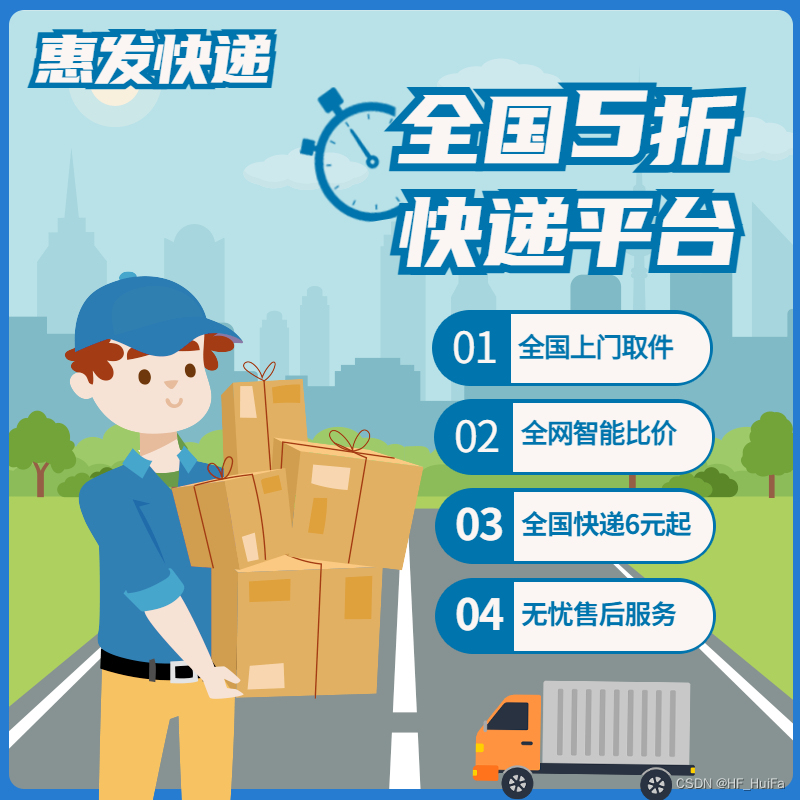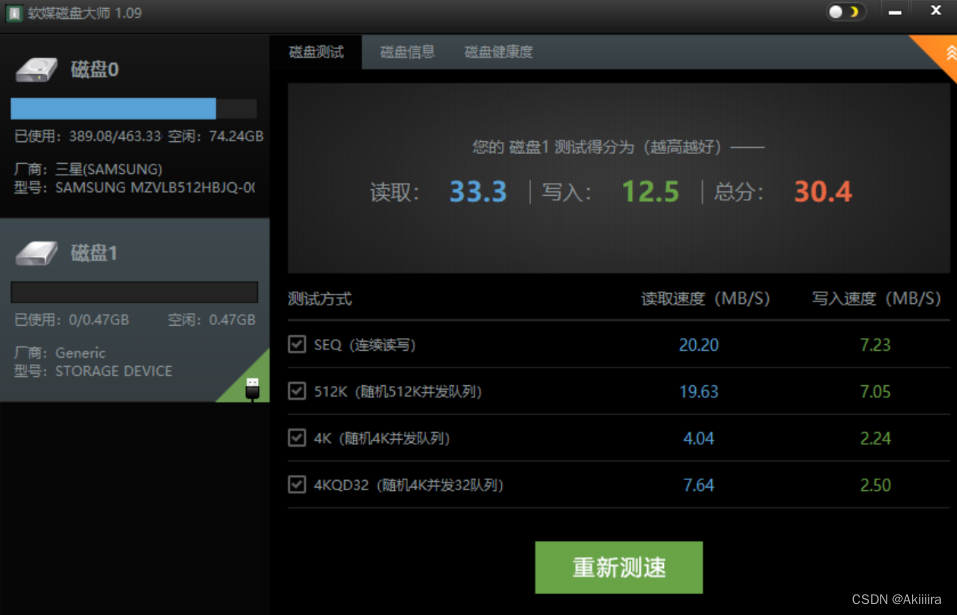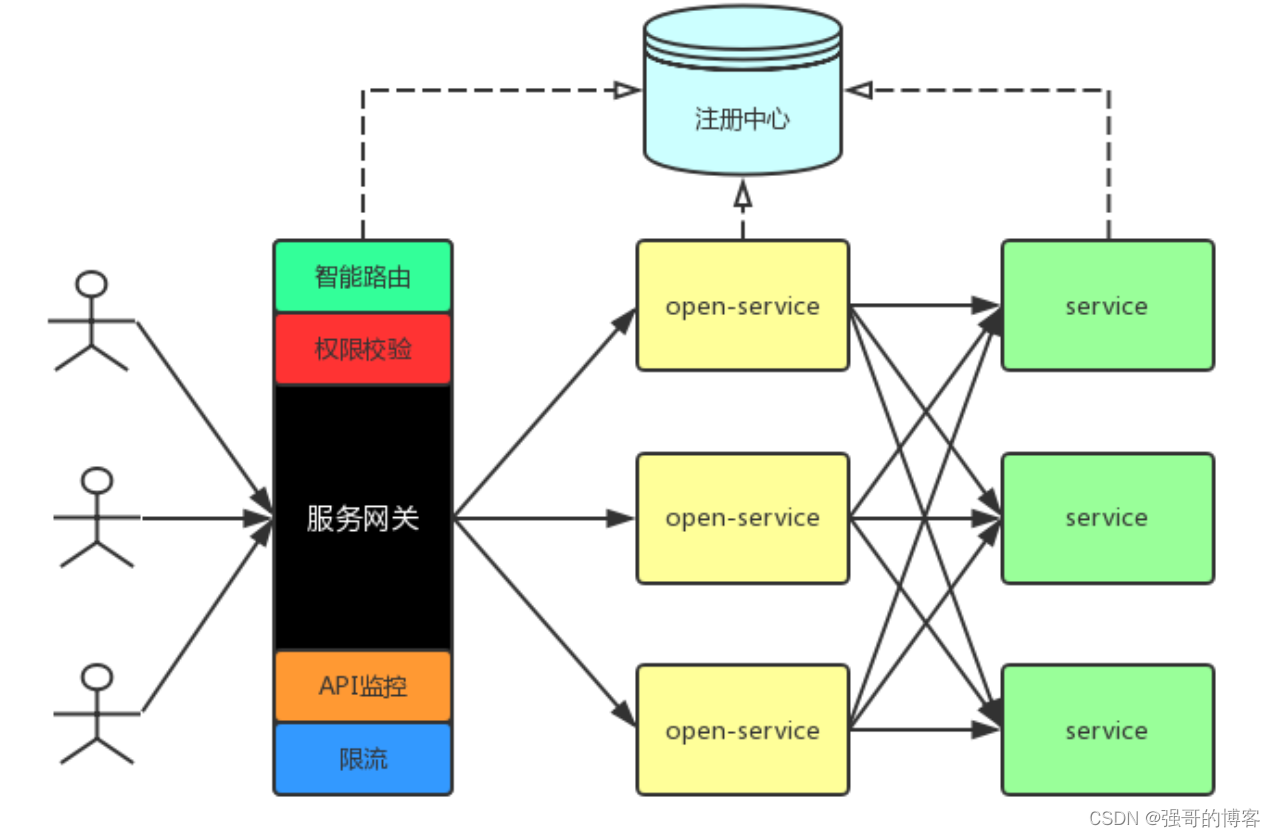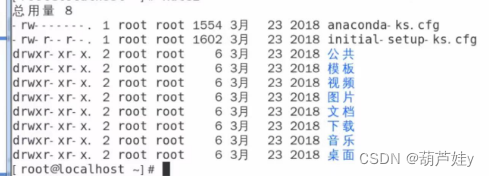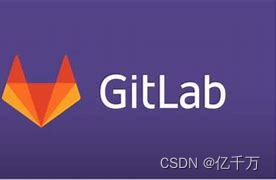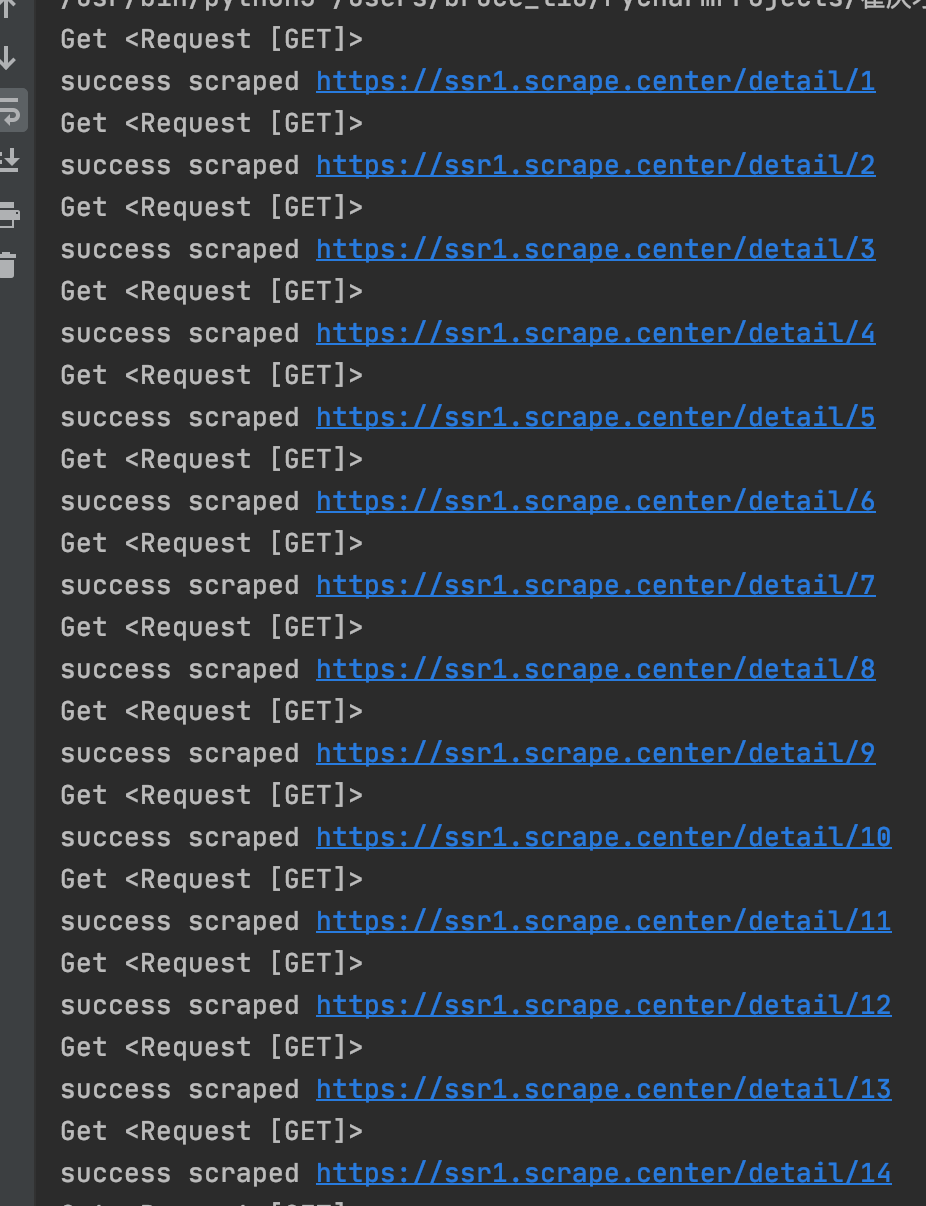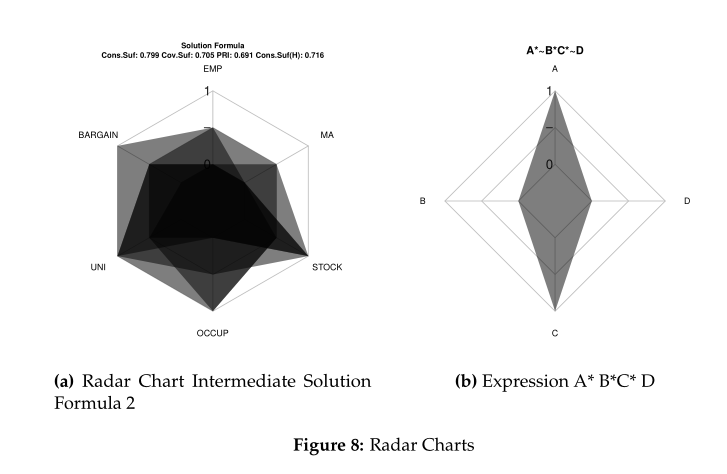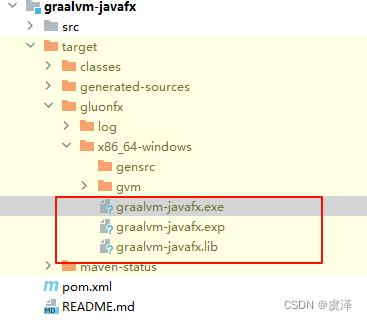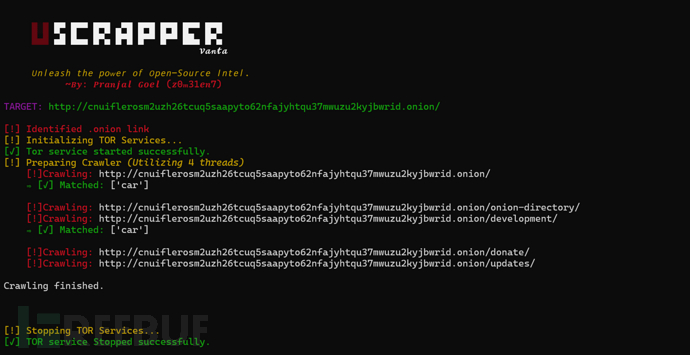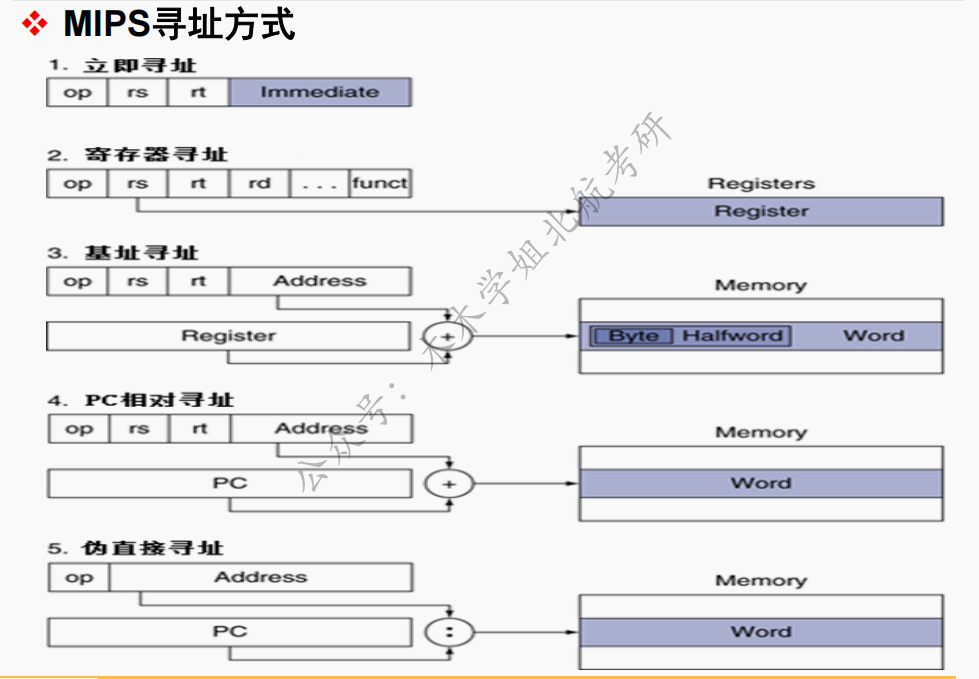引入相关依赖
- mysql
- mybatis
<dependency>
<groupId>com.mysql</groupId>
<artifactId>mysql-connector-j</artifactId>
</dependency>
<dependency>
<groupId>org.mybatis.spring.boot</groupId>
<artifactId>mybatis-spring-boot-starter</artifactId>
<version>3.0.3</version>
</dependency>

在application.yml中配置数据库信息
spring:
datasource:
driver-class-name: com.mysql.cj.jdbc.Driver
url: jdbc:mysql://localhost:3306/big_event
username: root
password: root
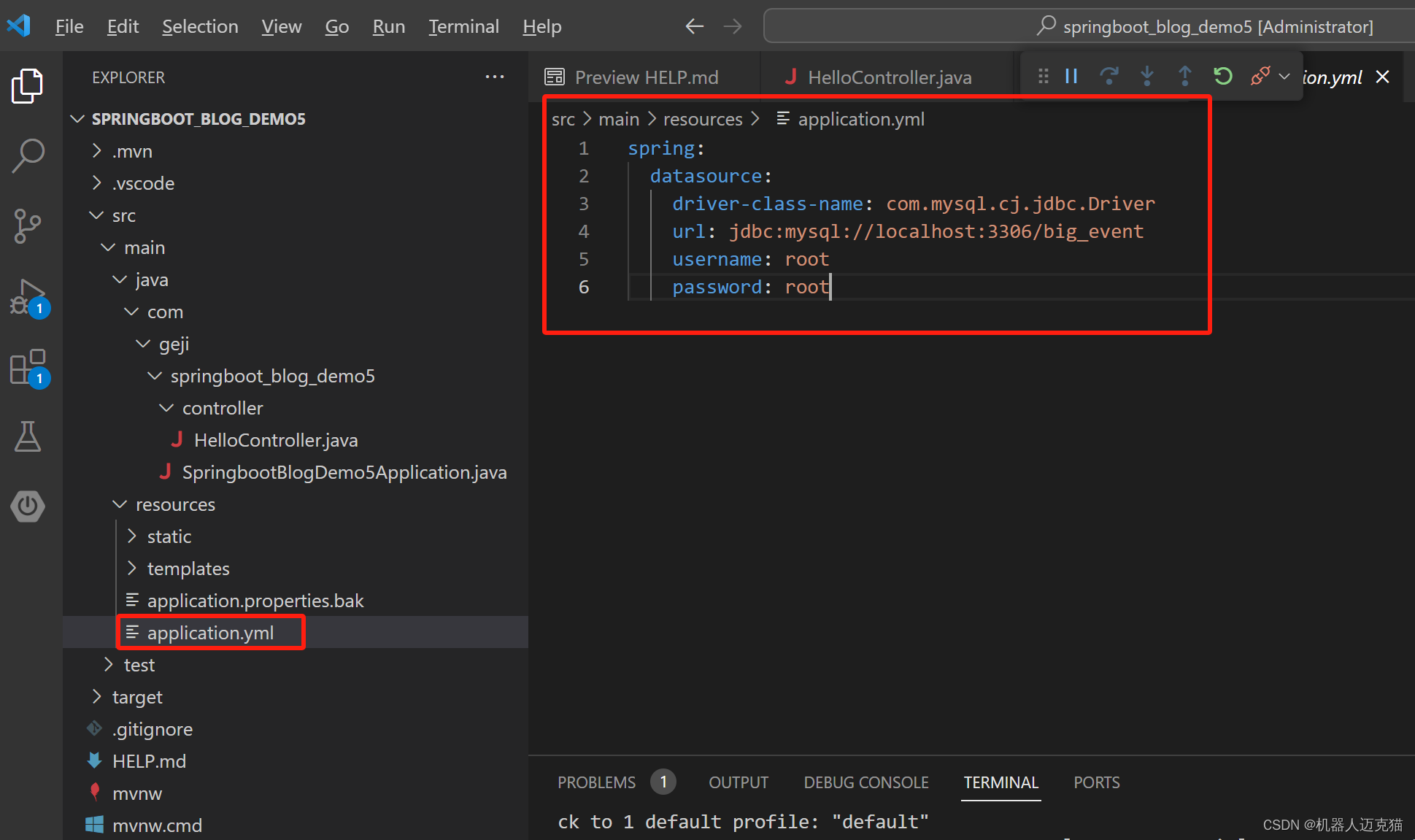
创建目录结构
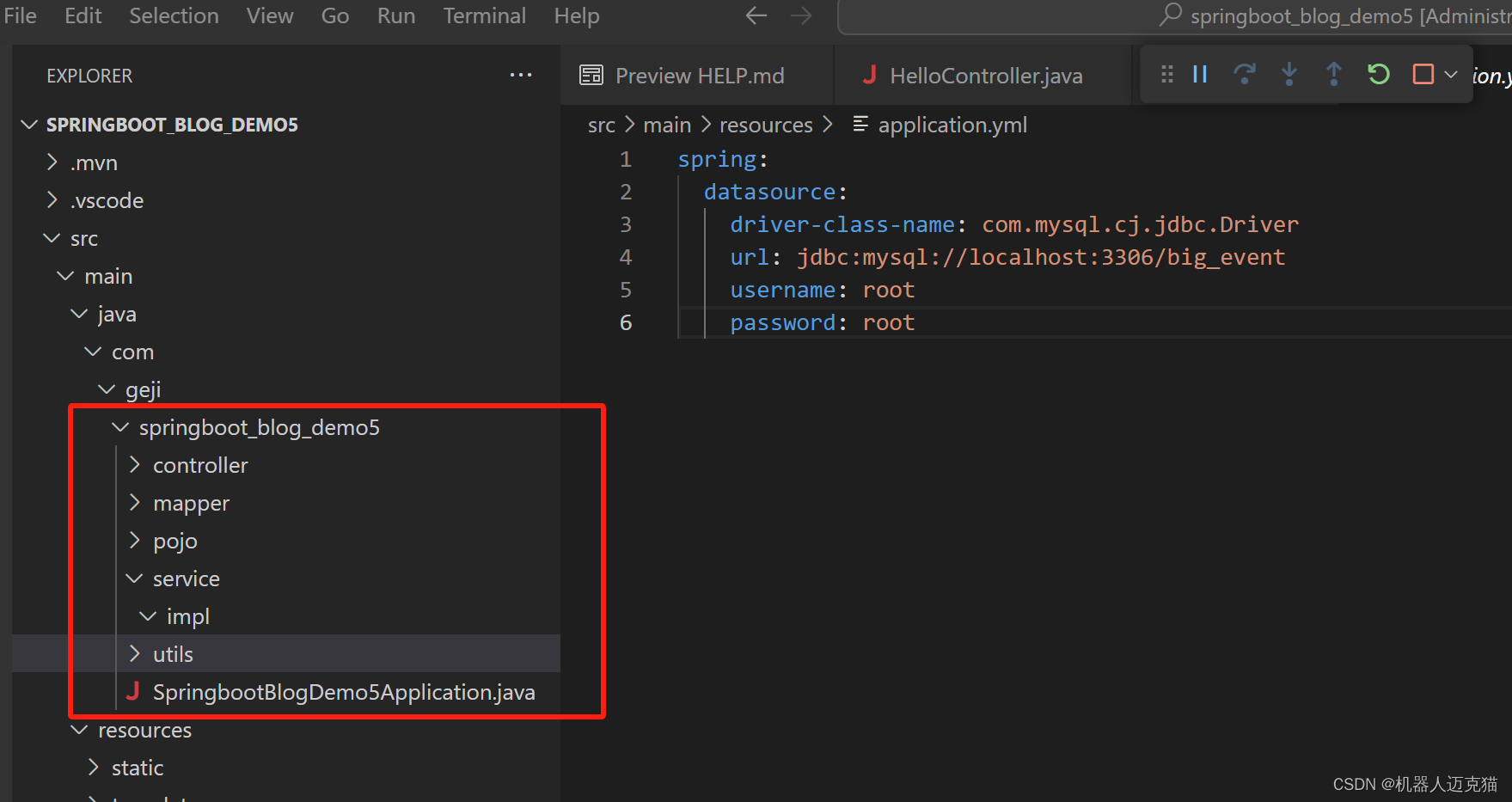
创建数据库
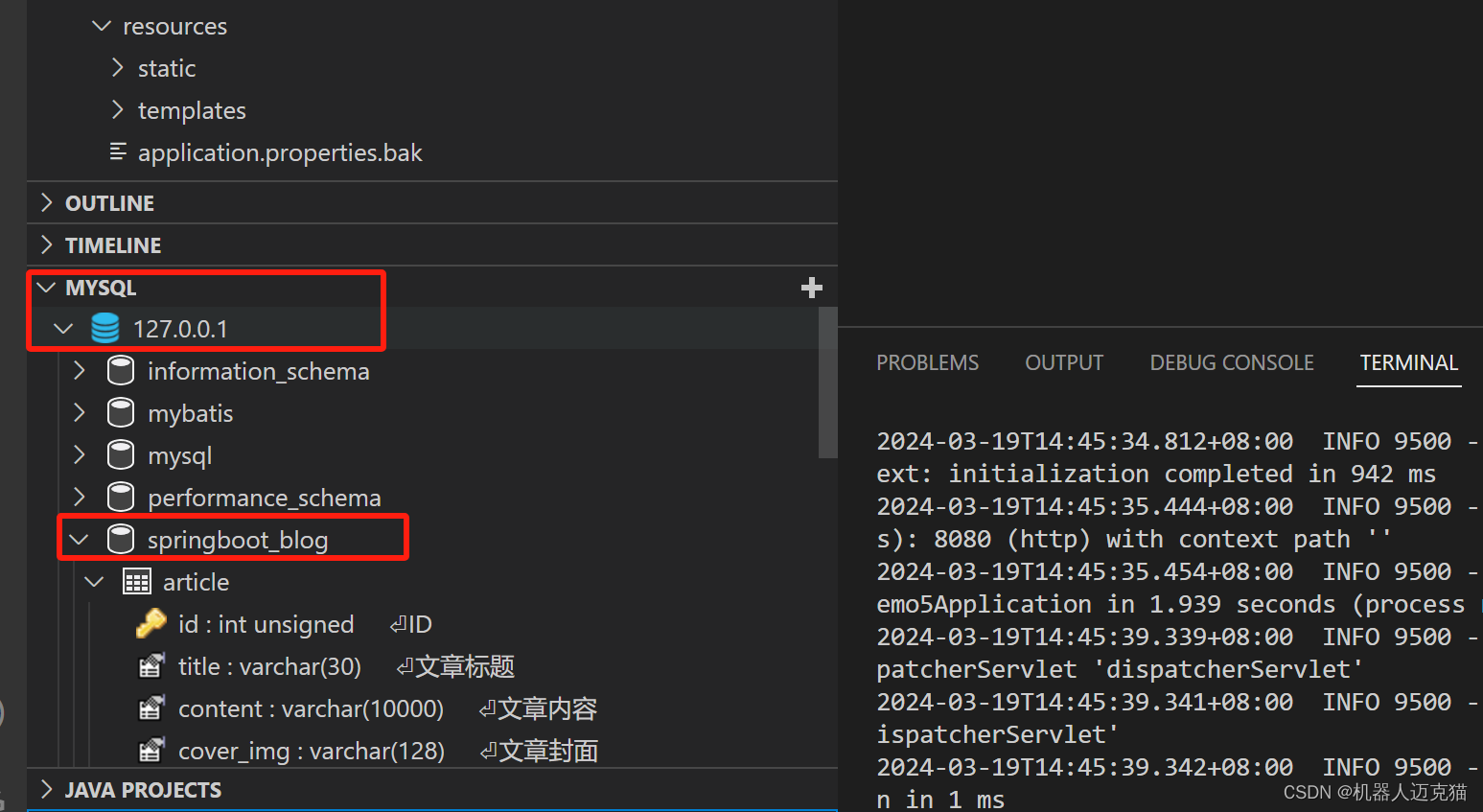
-- 创建数据库
create database springboot_blog;
-- 使用数据库
use springboot_blog;
-- 用户表
create table user (
id int unsigned primary key auto_increment comment 'ID',
username varchar(20) not null unique comment '用户名',
password varchar(32) comment '密码',
nickname varchar(10) default '' comment '昵称',
email varchar(128) default '' comment '邮箱',
user_pic varchar(128) default '' comment '头像',
create_time datetime not null comment '创建时间',
update_time datetime not null comment '修改时间'
) comment '用户表';
-- 分类表
create table category(
id int unsigned primary key auto_increment comment 'ID',
category_name varchar(32) not null comment '分类名称',
category_alias varchar(32) not null comment '分类别名',
create_user int unsigned not null comment '创建人ID',
create_time datetime not null comment '创建时间',
update_time datetime not null comment '修改时间',
constraint fk_category_user foreign key (create_user) references user(id) -- 外键约束
);
-- 文章表
create table article(
id int unsigned primary key auto_increment comment 'ID',
title varchar(30) not null comment '文章标题',
content varchar(10000) not null comment '文章内容',
cover_img varchar(128) not null comment '文章封面',
state varchar(3) default '草稿' comment '文章状态: 只能是[已发布] 或者 [草稿]',
category_id int unsigned comment '文章分类ID',
create_user int unsigned not null comment '创建人ID',
create_time datetime not null comment '创建时间',
update_time datetime not null comment '修改时间',
constraint fk_article_category foreign key (category_id) references category(id),-- 外键约束
constraint fk_article_user foreign key (create_user) references user(id) -- 外键约束
)
创建实体类
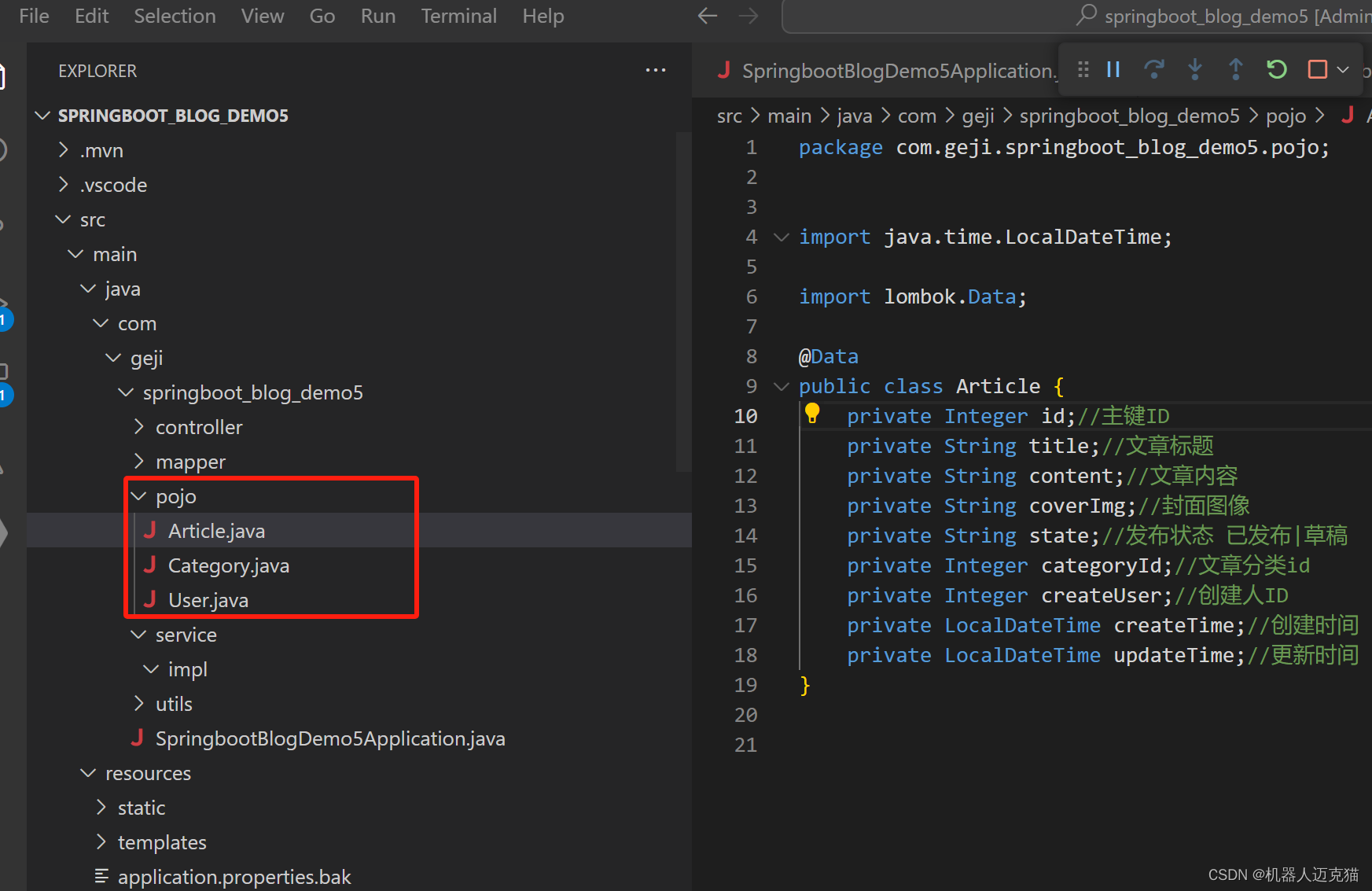
Article.java
package com.geji.springboot_blog_demo5.pojo;
import java.time.LocalDateTime;
public class Article {
private Integer id;//主键ID
private String title;//文章标题
private String content;//文章内容
private String coverImg;//封面图像
private String state;//发布状态 已发布|草稿
private Integer categoryId;//文章分类id
private Integer createUser;//创建人ID
private LocalDateTime createTime;//创建时间
private LocalDateTime updateTime;//更新时间
}
Category.java
package com.geji.springboot_blog_demo5.pojo;
import java.time.LocalDateTime;
public class Category {
private Integer id;//主键ID
private String categoryName;//分类名称
private String categoryAlias;//分类别名
private Integer createUser;//创建人ID
private LocalDateTime createTime;//创建时间
private LocalDateTime updateTime;//更新时间
}
User.java
package com.geji.springboot_blog_demo5.pojo;
import java.time.LocalDateTime;
public class User {
private Integer id;//主键ID
private String username;//用户名
private String password;//密码
private String nickname;//昵称
private String email;//邮箱
private String userPic;//用户头像地址
private LocalDateTime createTime;//创建时间
private LocalDateTime updateTime;//更新时间
}
给实体类添加getter,setter方法
以上实体类没有getter,setter等方法,可以使用lombok在编辑阶段自动生成
- 在依赖中引入lombok
<!-- lombok依赖-->
<dependency>
<groupId>org.projectlombok</groupId>
<artifactId>lombok</artifactId>
</dependency>
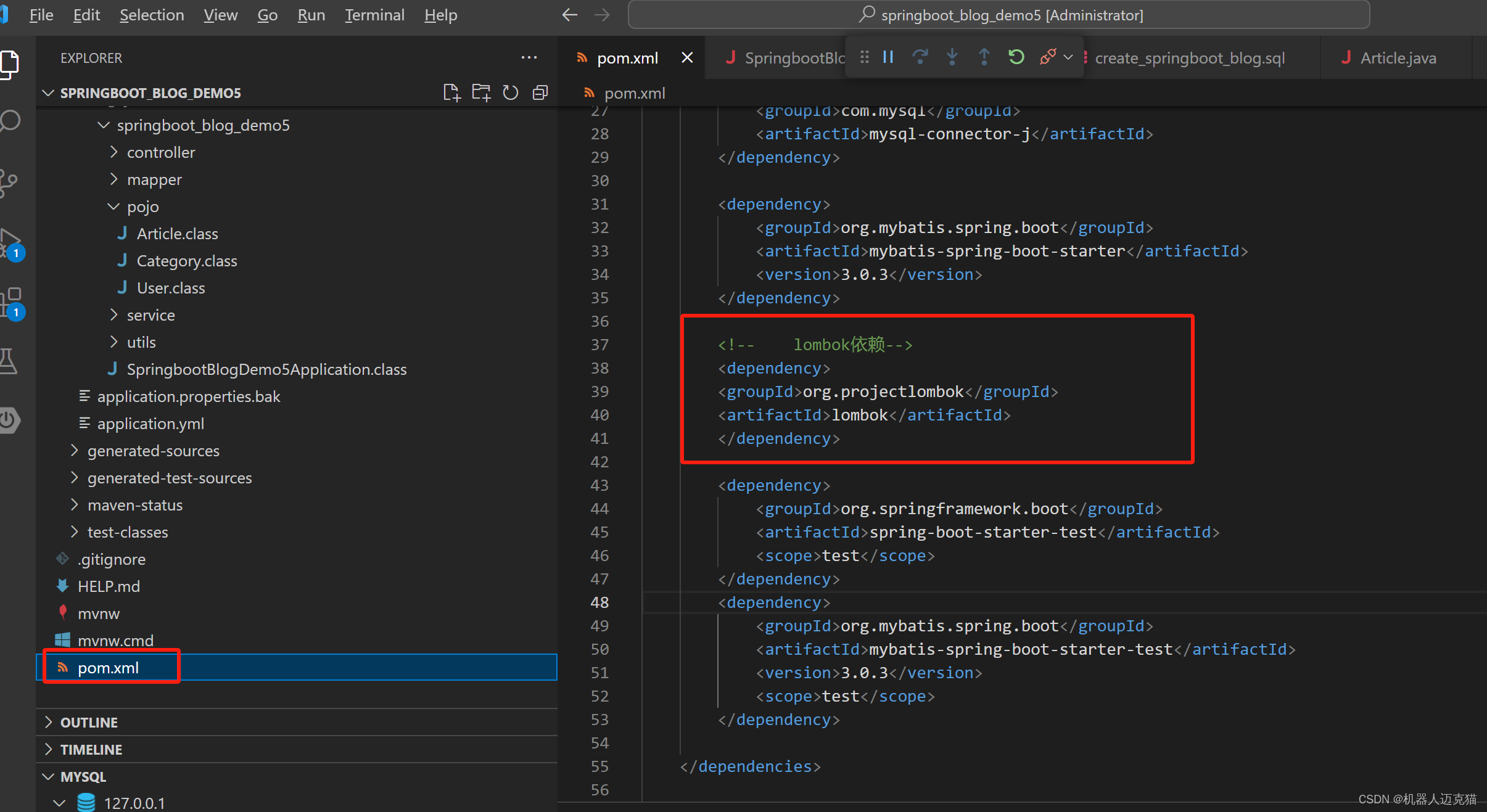
- 在实体类上加入@Data注解
package com.geji.springboot_blog_demo5.pojo;
import java.time.LocalDateTime;
import lombok.Data;
@Data
public class Article {
private Integer id;//主键ID
private String title;//文章标题
private String content;//文章内容
private String coverImg;//封面图像
private String state;//发布状态 已发布|草稿
private Integer categoryId;//文章分类id
private Integer createUser;//创建人ID
private LocalDateTime createTime;//创建时间
private LocalDateTime updateTime;//更新时间
}
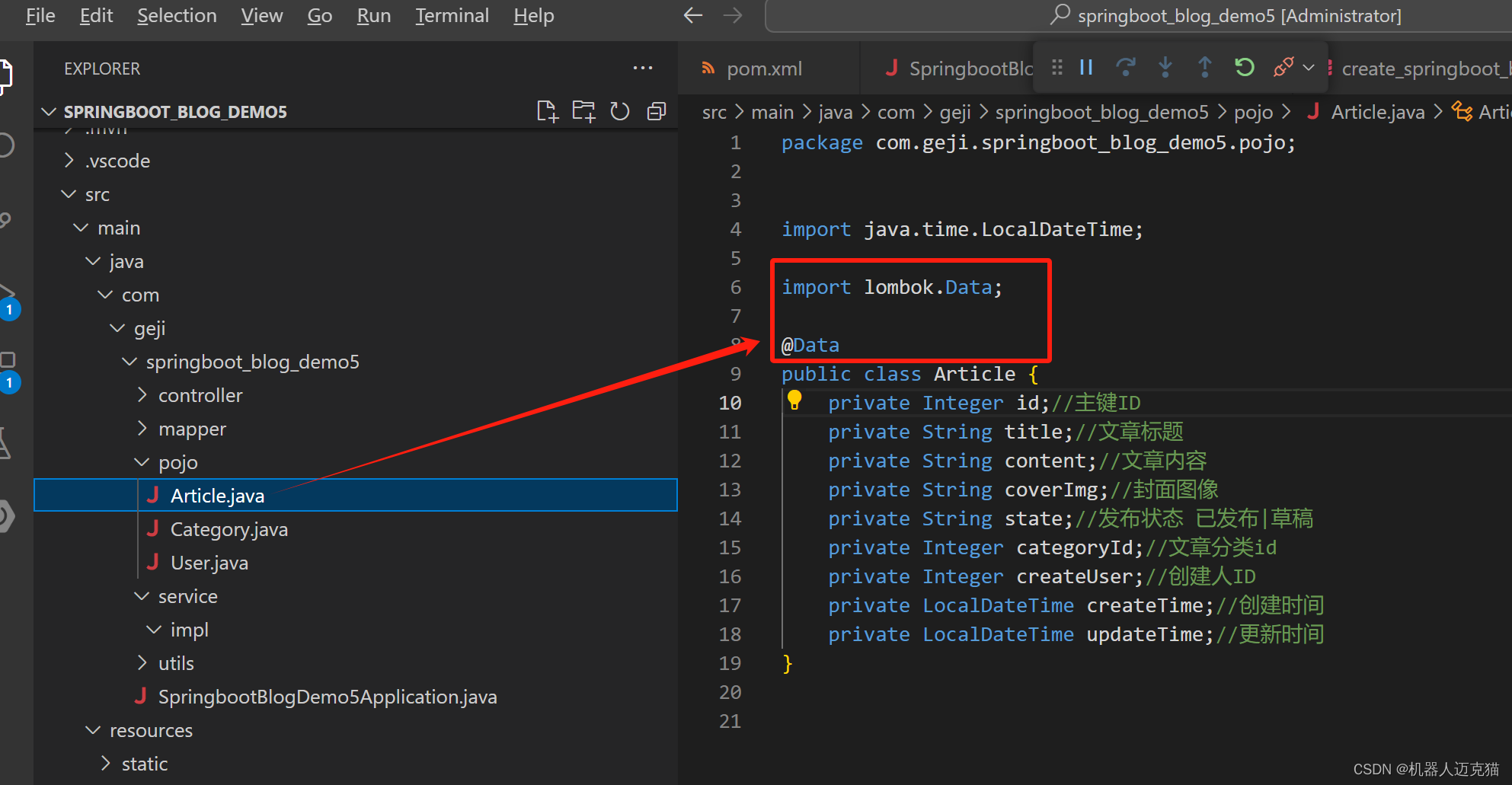
- 在maven中重新编译,然后在target文件夹中就会发现编译好的实体类中有getter,setter等方法了
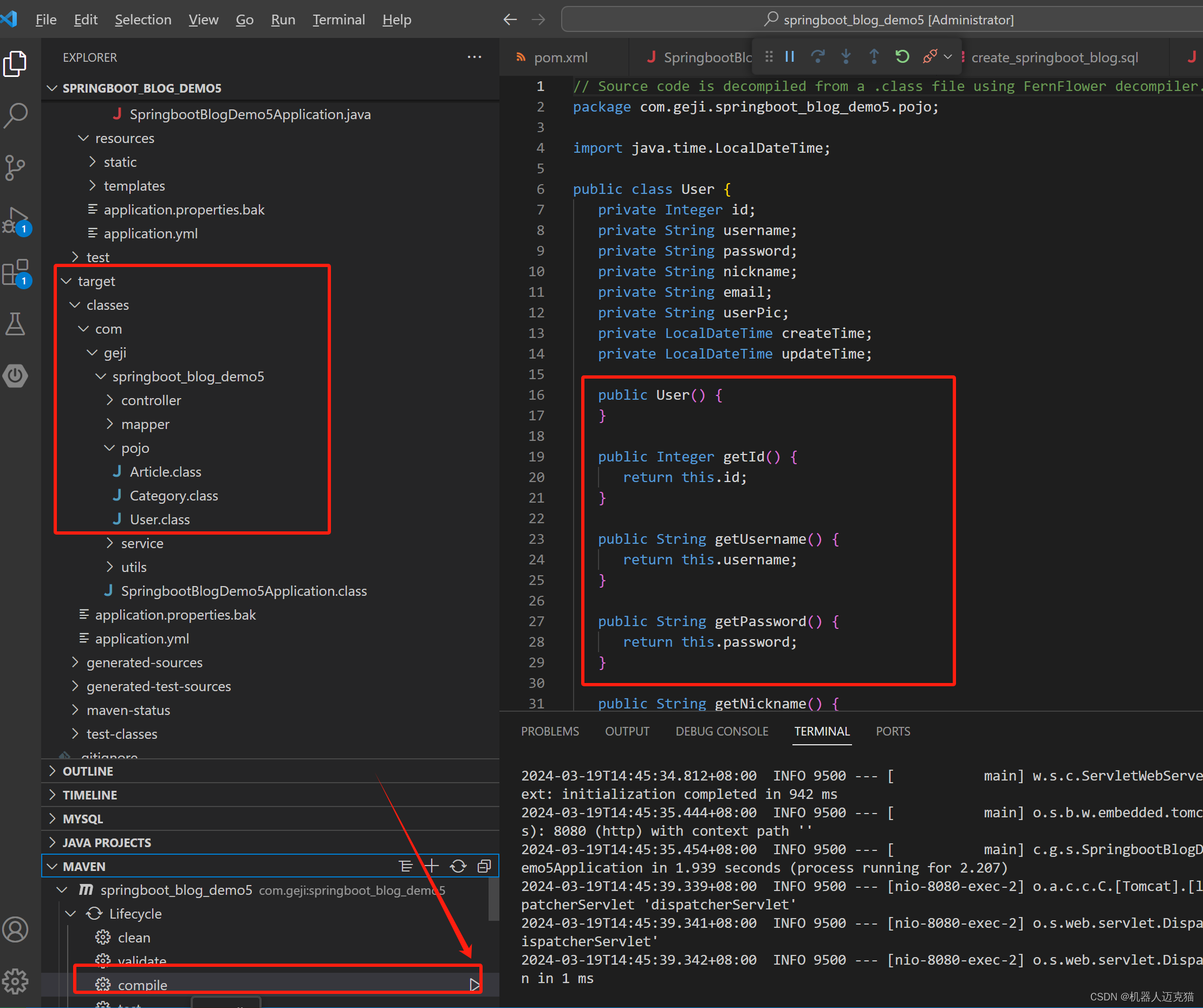
Result实体接口
1.1 响应数据举例
响应数据都是下面这种格式,所以创建一个响应数据类Result
响应数据类型:application/json
响应参数说明:
| 名称 | 类型 | 是否必须 | 默认值 | 备注 | 其他信息 |
|---|---|---|---|---|---|
| code | number | 必须 | 响应码, 0-成功,1-失败 | ||
| message | string | 非必须 | 提示信息 | ||
| data | object | 非必须 | 返回的数据 |
响应数据样例:
{
"code": 0,
"message": "操作成功",
"data": null
}
1.2 创建Result响应类
package com.geji.springboot_blog_demo5.pojo;
import lombok.AllArgsConstructor;
import lombok.Data;
import lombok.NoArgsConstructor;
//统一响应结果
//以下三个注释,无参构造,有参构造,getter,setter方法
@NoArgsConstructor
@AllArgsConstructor
@Data
public class Result<T> {
private Integer code;//业务状态码 0-成功 1-失败
private String message;//提示信息
private T data;//响应数据
// 快速返回操作成功响应结果(带响应数据)
// 定义泛型E, 返回带参<E>的Result类型的数据
public static <E> Result<E> success(E data) {
return new Result<>(0, "操作成功", data);
}
// 快速返回操作成功响应结果
// 返回result类型的数据
public static Result success() {
return new Result(0, "操作成功", null);
}
// 返回result类型的数据
public static Result error(String message) {
return new Result(1, message, null);
}
}
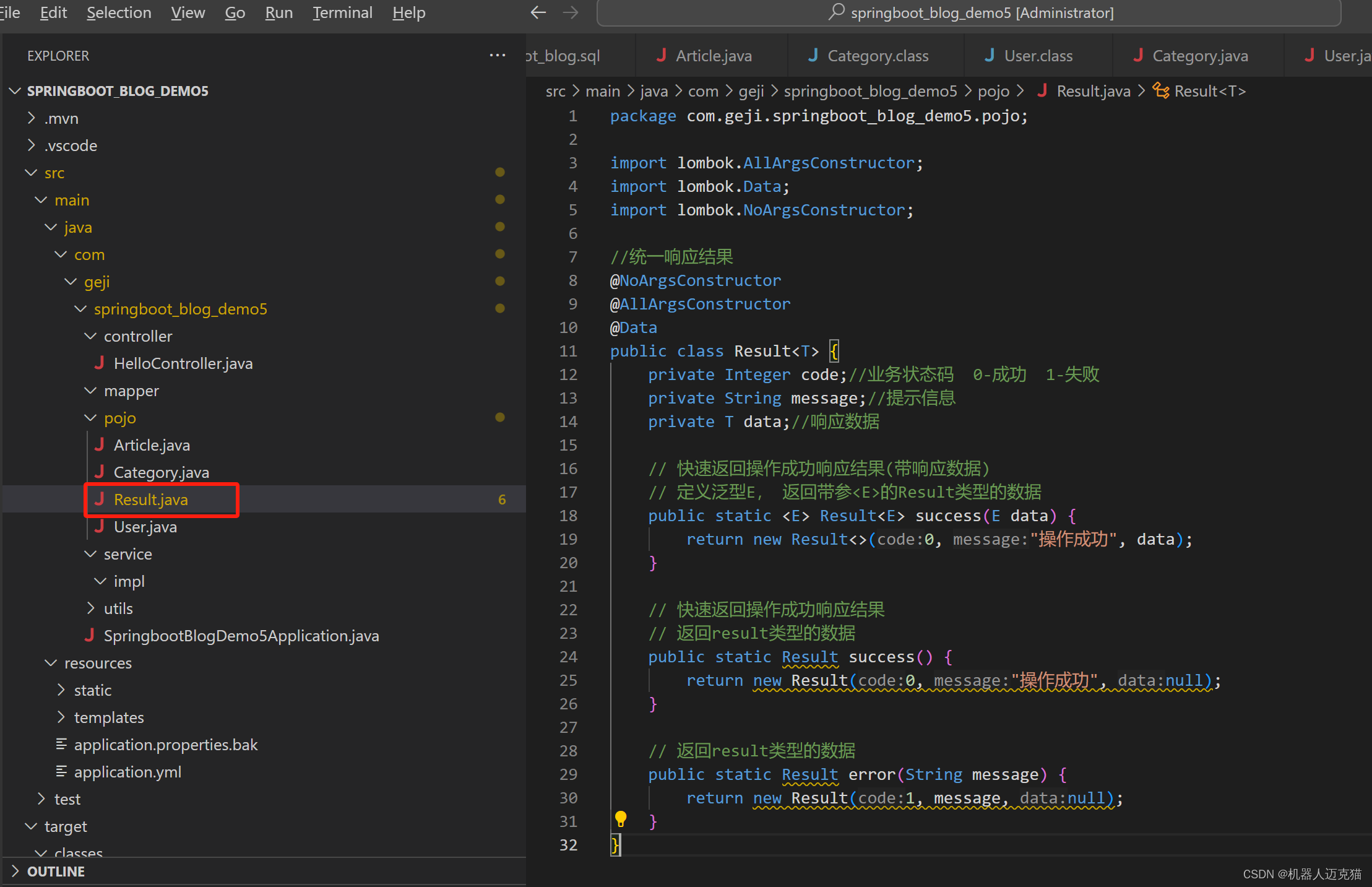
Tips
maven官网
https://mvnrepository.com/

